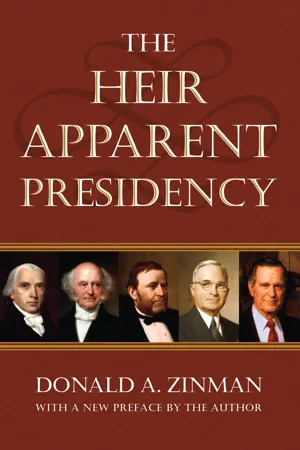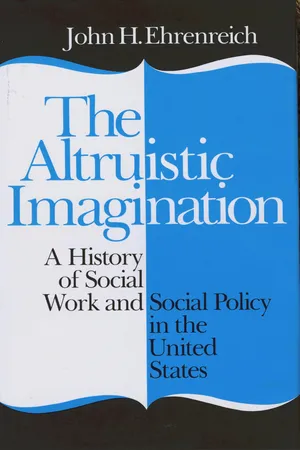History
Fair Deal
The Fair Deal was a set of domestic policies proposed by U.S. President Harry S. Truman in 1949. It aimed to extend the New Deal's social and economic programs, including initiatives for civil rights, healthcare, and education. Although many of the Fair Deal proposals were not fully implemented, it laid the groundwork for future social welfare and civil rights legislation in the United States.
Written by Perlego with AI-assistance
Related key terms
2 Key excerpts on "Fair Deal"
- eBook - ePub
- Donald A. Zinman(Author)
- 2016(Publication Date)
- University Press of Kansas(Publisher)
39 After his victorious election in November, Truman once again asked Congress to pass the same civil rights legislation it had spurned in 1948. Now Truman packaged civil rights with his Fair Deal proposals. A far cry from Roosevelt’s occasional and sparsely enforced commitments to ending discrimination, Truman was the first president to hitch the cause of civil rights to a broader social welfare agenda. Truman’s program would not only build off of the institutions, policies, and principles of his predecessor’s agenda, but also make the machinery of government fairer to some of the Americans left behind by the New Deal. Subsequent Democratic presidents, most notably Johnson, followed Truman’s lead by fusing civil rights with broader commitments to economic security, upward mobility, and combating the root causes of poverty.Truman practiced the expansionist approach on the civil rights issue, but major legislation on this front died once again during his second term. Similar to Grant, Truman faced defeat on civil rights, and his vigor in pressing the issue with Congress waned in the final years of his presidency. Never straying from his public position in opposition to segregation, Truman started the process of bringing the principles of the civil rights agenda closer to the New Deal regime’s commitments to social justice. Discrimination in employment, military service, housing, and education all produced economic consequences for black Americans. Addressing the graduates of predominantly black Howard University in June 1952, Truman said, “Some of us are denied opportunity for economic reasons. Others are denied opportunity because of racial prejudice and discrimination. I want to see things worked out so that everyone who is capable of it receives a good education.”40 - eBook - ePub
The Altruistic Imagination
A History of Social Work and Social Policy in the United States
- John H. Ehrenreich(Author)
- 2014(Publication Date)
- Cornell University Press(Publisher)
5
Social Policy in the Affluent Society, 1945–1960
The New Deal’s zeal for domestic reform dwindled after 1938. The approach of the war drew politicians’ attention away from domestic issues. Even more important, rising war orders (and, with the outbreak of war, the transfer of millions of workers, employed and unemployed, into active-duty military service) finally brought unemployment under control. By 1941 unemployment had dropped to 9.9 percent and by 1944 to 1.2 percent, its low point for the entire twentieth century.1During the war years, just as during World War I, the country experienced a surge of national unity. Unions agreed to a no-strike policy to ensure war production. In lieu of wage hikes, the newly created National War Labor Board authorized unions to negotiate for benefits (health insurance, vacations, pensions, and so on), and many unions authorized employers to deduct union dues automatically from workers’ paychecks.2 Under heavy pressure from black leaders, President Roosevelt issued an Executive Order establishing a Fair Employment Practices Commission (although it accomplished little, and other elements of racial segregation, including segregation in the armed forces, were not addressed). On the scale of national and international politics, left and right seemed to have joined together, as the United States joined the Soviet Union in the battle against world fascism.When the war ended, even though Roosevelt was dead, the New Deal movements, political coalition, and policies seemed set to resume. Strikes erupted nationwide as unionized workers sought to catch up with war-produced inflation. President Harry Truman proposed to complete the major unfinished business of the welfare state by adding a system of national health insurance to the Social Security System. (It was turned down by Congress after several years’ battle.) The 1944 G. I. Bill of Rights directly provided billions of dollars for education, rehabilitation, training, and other benefits to ease the return of veterans to productive employment. Congress also enacted a Housing Act, which promised hundreds of thousands of units of low-income housing. In the Full Employment Act of 1946, the president and Congress committed the U.S. government to intervention in the economy to maintain high levels of employment and established the Council of Economic Advisers to advise on the proper means of doing so.
Learn about this page
Index pages curate the most relevant extracts from our library of academic textbooks. They’ve been created using an in-house natural language model (NLM), each adding context and meaning to key research topics.

